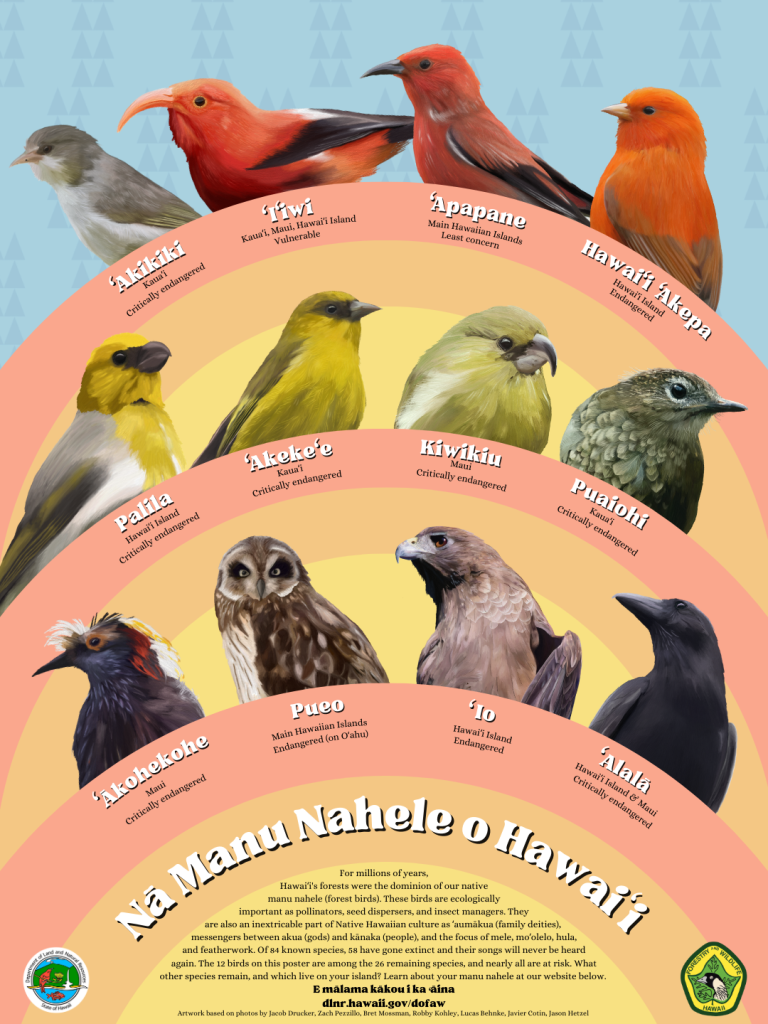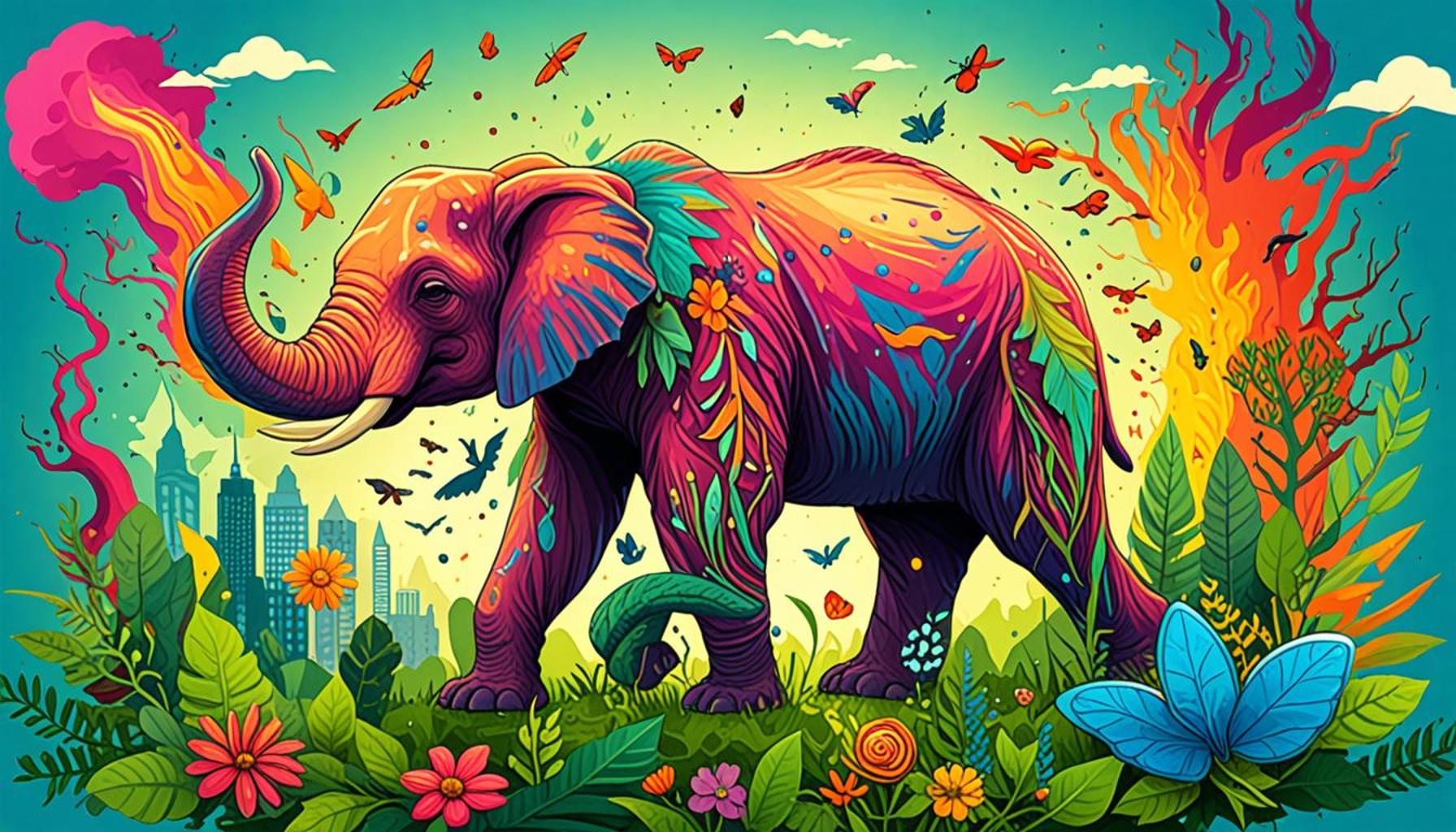Urban Wild Bird Conservation A Practical Guide to Preservation

Understanding the Challenges Facing Urban Bird Populations
As urban sprawl continues to dominate the American landscape, many living creatures that once thrived in these ecosystems are experiencing significant struggles. Among these are our wild bird populations, which without intervention, risk declining drastically. Urban environments present unique challenges: concrete structures replace natural habitats, pollution alters food supply, and increased human activity disrupts nesting areas. To grasp the urgency of preserving avian communities within cities, we must first recognize the multifaceted roles they play in maintaining ecological balance.
The Ecological Importance of Birds
Birds are more than just vibrant inhabitants of our urban parks and gardens; they are essential to the health of the ecosystems they inhabit. They serve as crucial pollinators for a variety of blooming plants, aiding in the growth of fruits, vegetables, and native flora. Without birds like hummingbirds and certain species of sparrows, many plants would struggle to reproduce, leading to a decline in biodiversity.
Furthermore, birds play a significant role in controlling insect populations. For instance, the American Robin, known for its distinct red chest, can consume thousands of insects in a single season, acting as a natural pest control agent. This is particularly important in urban areas, where pests can lead to unwanted health risks.
Additionally, birds contribute to the dispersal of seeds. Through their dietary habits, many birds consume fruits and berries, subsequently facilitating the regeneration of plant species as they travel. Without these natural seed dispersers, urban greenery would decline, affecting overall air quality and ambiance in bustling cities.

Why Urban Conservation Matters
With the statistic showing that more than 20% of the U.S. population resides in metropolitan areas, urban centers are becoming critical habitats for many bird species. The convergence of human populations within cities can lead to a surprising array of wildlife cohabitation. However, species like the House Sparrow and Blue Jay thrive only when specific conditions are met, such as access to food, safe nesting sites, and clean environments.
This guide aims to arm readers with knowledge about practical steps to enhance urban bird conservation. Each one of us can foster a more bird-friendly environment by implementing small changes in our backyards or community spaces.
Steps Towards Urban Bird Conservation
Readers can expect to learn about:
- Creating Bird-Friendly Spaces: Simple additions like bird feeders, baths, and native plant gardens can attract and nourish local bird populations.
- Habitat Restoration: Engaging in community clean-ups and advocating for green spaces play vital roles in restoring natural habitats for birds.
- Supporting Local Conservation Programs: Many cities have initiatives dedicated to protecting urban wildlife, and participants can help by volunteering or donating resources.
By embracing these efforts, we can all contribute to the remarkable resilience of urban birds and ensure that they continue to grace our cities with their presence for generations to come.
SEE ALSO: Click here to read another article
Creating Bird-Friendly Spaces
Urban environments, often dominated by concrete and noise, can seem inhospitable to wildlife; however, with intentional efforts, we can turn our backyards and community spaces into sanctuaries for birds. The first step in urban wild bird conservation is to create inviting habitats that cater to the needs of various bird species. This can be achieved through small yet impactful changes in our surroundings.
Implementing Bird Feeders and Baths
One of the most effective ways to attract birds to your area is by installing bird feeders. These feeders can provide a reliable food source, particularly during harsh winter months or when natural food is scarce. When selecting bird feeders, consider the types of birds common in your region. For example, tube feeders are excellent for finches, while platform feeders may attract larger birds like cardinals and jays.
Moreover, a simple birdbath can make a huge difference. Birds need access to clean water both for hydration and bathing. Position the birdbath in a quiet area of your yard, away from heavy foot traffic, and frequently change the water to keep it fresh. Adding rocks or pebbles can create varied depths, making it more accessible for different bird species.
Incorporating Native Plants
Planting native species in your garden is essential for urban bird conservation. Native plants are adapted to the local environment and tend to be more resilient against pests and diseases compared to non-native varieties. They also provide vital food sources such as fruits, seeds, and nectar, fostering a sustainable ecosystem. For instance, planting berry-producing shrubs like serviceberry or dogwood can attract thrushes and other fruit-eating birds.
Additionally, consider gardens that produce nectar-rich flowers, which are particularly appealing to hummingbirds, butterflies, and bees. Species such as bee balm and coneflowers not only bring avian visitors but also support overall biodiversity, enriching the urban landscape.
Creating Safe Nesting Areas
Birds require safe and undisturbed places to build their nests and raise their young. Homeowners can support urban bird populations by being mindful of their landscaping practices. Avoid using harmful pesticides that can endanger birds and their food sources. Nest boxes placed in suitable locations can offer safe nesting options, especially for cavity-nesting species like purple martins and chickadees.
Furthermore, maintaining a diverse environment with a mix of trees, shrubs, and open spaces can mimic natural habitats. This variety not only appeals to a greater number of bird species but also encourages their communities to thrive within urban settings.
The Compact Impact of Community Involvement
Transforming urban areas into havens for birds does not rely solely on individual efforts; community engagement can amplify the impact dramatically. Local groups focused on wildlife conservation can bring together like-minded individuals to initiate community clean-ups, native plant drives, and educational workshops. Emphasizing the ecological importance of urban birds can inspire collective action and foster a sense of shared responsibility.
As we delve deeper into the various aspects of urban wild bird conservation, it becomes clear that every small step counts. By creating welcoming spaces in our neighborhoods and encouraging others to join the movement, we can significantly influence the survival and flourishing of urban bird populations.
Understanding Urban Wild Bird Conservation
Urban wild bird conservation plays a pivotal role in maintaining the balance of our ecosystems within city environments. As urban areas expand, the natural habitats of various bird species are often disrupted, leading to population decline. Incorporating conservation efforts into urban planning can significantly enhance the living conditions for these avian creatures. Here are some crucial advantages highlighted in detailed research and studies:
| Category | Key Features |
|---|---|
| Habitat Restoration | Restoring native plant species enhances food sources and nesting sites for urban birds. |
| Community Engagement | Involving local communities in conservation efforts fosters awareness and stewardship, making it a collaborative endeavor. |
In addition to habitat restoration and community engagement, other measures such as educating the public on coexistence strategies and developing green spaces can greatly benefit wild birds. Strong, engaged communities have proven vital to the success of urban bird conservation, as they act as guardians of their local ecosystems.An essential part of conservation is understanding the migratory patterns of urban birds, which are crucial for ensuring that municipal policies are aligned with the needs of these species. Insights into their behavior and habitat preferences open up new avenues for creating suitable urban landscapes that promote biodiversity. Investing in educational programs can enhance volunteers’ roles in conservation, making every citizen a key player in preserving avian life amidst rising urbanization.By implementing these practical strategies, cities can become havens for wild birds, helping to conserve not only their populations but also enriching the lives of residents through the joy of birdwatching and nature appreciation. Moreover, ongoing monitoring and research are crucial in adapting conservation strategies to the ever-changing urban landscape, thereby ensuring the sustainability of urban wild bird populations for generations to come.
SEE ALSO: Click here to read another article
Engaging the Community in Bird Conservation
As urban areas expand and ecosystems continue to face challenges, the role of community involvement in urban wild bird conservation has become increasingly vital. When individuals come together with a shared purpose, they can create a ripple effect that not only benefits local bird populations but also enhances overall community well-being.
Organizing Bird Counts and Surveys
One impactful method of community engagement in bird conservation is participating in organized bird counts and surveys. Events like the Great Backyard Bird Count and Audubon Society’s Annual Bird Count mobilize citizen scientists to document bird populations and their behaviors. These initiatives not only raise awareness about urban bird species but also contribute valuable data to ornithologists studying population trends and migration patterns. For those interested, many local birdwatching groups and conservation organizations offer resources and training to help beginners get started.
Hosting Educational Workshops and Programs
Education plays a crucial role in fostering appreciation and understanding for wild birds. Hosting educational workshops can provide community members with the knowledge they need to create more bird-friendly environments. Such programs can cover topics like bird identification, habitat creation, and the importance of protecting local ecosystems. Schools can also utilize these workshops as a form of outdoor learning, instilling in students the fundamentals of conservation from an early age.
Leading Local Conservation Projects
Grassroots organizations can spearhead projects focused on restoring and enhancing natural habitats within urban settings. Initiatives such as community gardens planted with native species or the establishment of small wildlife reserves can create vital resources for urban birds. Additionally, planting trees and shrubs along streets can help create bird corridors that facilitate safe travel between habitats. Residents can collaborate with local governments to advocate for policies that support these initiatives, making their voices heard in conservation efforts.
Utilizing Technology for Conservation
In today’s digital age, technology can be a powerful ally in urban wild bird conservation. Communities can employ apps and online platforms to report sightings of various species, track local habitats, and share conservation tips with one another. Platforms such as eBird allow users to log bird observations and contribute to larger databases that track population shifts and trends. Moreover, social media can serve as a powerful tool to raise awareness about bird conservation events and encourage participation from a wider audience.
Promoting Bird-Friendly Policies
Advocacy plays an essential role in shaping the future of wild bird conservation. Community members can work together to lobby for bird-friendly policies, promoting initiatives such as the installation of bird-safe structures in new buildings or the introduction of ordinances that mitigate the impact of outdoor lighting on migratory patterns. Engaging with local officials and raising public awareness of the significant impacts of urban development on bird populations can encourage better planning decisions that prioritize environmental health.
The combination of education, community engagement, and collective action creates a powerful framework for urban wild bird conservation. By encouraging individuals and groups to participate actively in these efforts, we not only provide refuge for birds in our cities but also cultivate an enduring appreciation for wildlife amid the bustling urban landscape.
SEE ALSO: Click here to read another article
Conclusion: The Future of Urban Wild Bird Conservation
Urban wild bird conservation is not just a responsibility, but a thrilling opportunity for individuals and communities alike to weave nature back into the urban fabric. As highlighted throughout this guide, engaging communities in conservation efforts through education, participation, and advocacy can lead to transformative changes in our shared environments. Each local park, community garden, and wildlife-friendly initiative has the potential to become a sanctuary for avian species striving to thrive amidst concrete landscapes.
Moreover, the use of technology fosters connectivity among bird enthusiasts, allowing for real-time data sharing and collaboration on bird-related projects. Initiatives like community bird counts or utilization of apps such as eBird not only enhance our understanding of local species but also galvanize community spirits. The collective action taken today can ripple through generations, nurturing an enduring respect for nature within urbanized spaces.
As cities continue to grow and evolve, embracing bird-friendly policies becomes essential. Advocacy for sustainable urban planning that prioritizes environmental health will help combat the challenges faced by migratory birds. By elevating awareness and influencing local governance, communities can pave the way for strategic measures that support both the natural world and human well-being.
In essence, the road to urban wild bird conservation lies within our hands. Through community involvement and dedicated efforts, we can restore balance, making cities not just habitats for us, but flourishing ecosystems where wild birds can thrive. Discovering and implementing new ideas for preservation will not only protect these invaluable species but will also enrich our urban experiences—reminding us that nature can coexist harmoniously within the hustle and bustle of city life.



